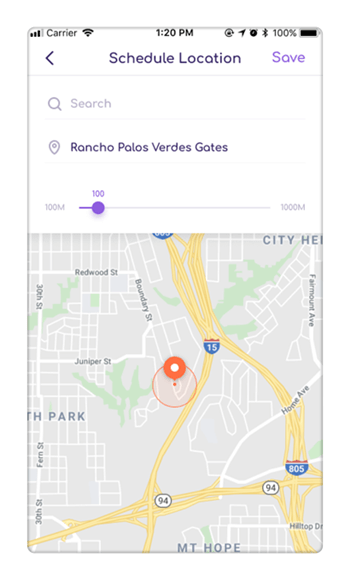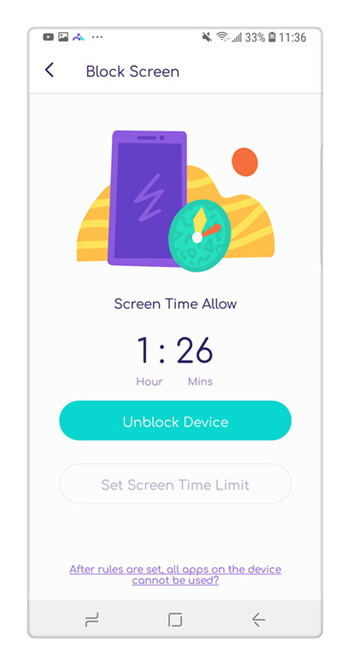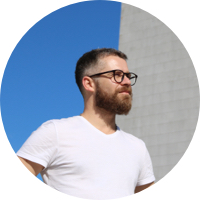Something You Must Know About Bullying in School
Bullying in Schools Facts
ALL TOPICS
- Anti Bullying
- Anti-Bullying Tips
- Parenting Tips
Sep 11, 2024 Filed to: Anti Bullying Proven solutions
Bullying in schools has always existed, but perhaps not more so than it is today. Bullying has become such a widespread problem. In some cases, it’s becoming so bad that the long-term effects can damage individuals for life.
With this in mind, it’s no wonder so many students, parents, and teachers are looking for answers on how to address bullying situations, and better yet, minimizing the risk of it happening completely. Today, we’re going to explore everything you need to know about bullying in schools, as well as detailing ways everyone can be proactive in stopping it in the first place.

Facts about Bullying in Schools
Before we jump into the solutions, it’s important to make sure we’re looking at the facts. Below, we will talk about all the latest statistics and bullying in schools facts, giving us the knowledge we need to counteract it and start preventing bullying in schools.
- According to DoSomething.org, over 3.2 million students become victims of bullying every single year. This relates to over 160,000 students skipping schools to avoid it. This, of course, has long-term effects on the individual’s education and personal growth.
- 25% of teachers claim to see nothing wrong with bullying and think of it as a normal part of life. On average, only around 4% of teachers in the US will get involved if they see an act of bullying taking place.
- Hand in hand with the bullying in schools facts above, only 30% of boys and 40% of girls will speak up to their teachers when they feel as though they’re being bullied by the age of 14, meaning around 65% of bullying cases go under the radar.
- All in all, around 54% of everybody under the age of 25 say they have been bullied at some point in their lives. Around 20% of these people surveyed say they were verbally bullied.
- Generally speaking, people who have been bullied in the past will develop tendencies to bully others in the future.
- Over 33% of everybody bullied will develop mental health problems stemming directly from their experiences. Some of these conditions include anxiety and depression.
- Around 25% of students bullied in schools will develop suicidal thoughts due to the experiences they have. This is a much higher risk if the student feels isolated and has no one to talk to about the situation.
As you can see, bullying in schools is perhaps a lot more common than a lot of people think, which is why it’s more important than ever than everybody to having the conversation and coming together to combat it.
What Are the Different Types of Bullying in Schools?
When you think of bullying, you might think of the stereotypical version where a bully meets a smaller child out in the playground to make fun of them and steal their lunch money. While this may be the case, there are plenty of other forms of bullying that exist.
- Verbal Bullying:
Easily one of the most common types of bullying in schools, verbal bullying is, as the name suggests, where verbal insults are used to victimize an individual or group of individuals. While verbal bullying can be, at times, quite harmless, especially among friends, it can soon get out of control.
Verbal bullying can come in many different forms, including teasing, insults, humiliation, name-calling, and generally considered worse, sexualized references, gender insults, and racist slurs. - Social Bullying:
Social bullying refers to an indirect form of bullying, but it still one of the most common types of bullying in schools. This is where someone will talk about someone else behind their back in a way that slanders the other person’s image or reputation.
This is also referred to as ‘covert bullying’ and is much harder to recognize because it doesn’t happen directly, but its consequences can be just as dangerous. It is also used to humiliate or create jokes at another’s expense, which has social-related consequences over time.
Social bullying can come in many different forms, ranging from encouraging other people to exclude or avoid an individual, spreading rumors about somebody, lying about them, making nasty jokes about them, or even impersonating them in a malicious way. - Cyber Bullying
Perhaps the most increasingly common type of bullying in schools is cyberbullying. Students these days are becoming more and more connected than ever before, and due to them always being ‘plugged in’, the risk of cyberbullying is huge, especially with social media.
Cyberbullying can come in many different forms, whether that’s commenting nasty things on someone’s posts, uploading images or videos of someone, ‘trolling’ them online, or sending verbal abuse through private messaging platforms directly, or as a form of social bullying.
This form of bullying is proving to make individuals feel extremely isolated both online, out of school, and in school, and is extremely difficult to manage and monitor because it can take place where teachers and parents have no access to. - Physical Bullying
When you think of bullying, physical bullying is perhaps the mage you’ll create in your head and is one of the most widely known types of bullying in schools, as well as being one of the most obvious.
Physical bullying can cover anything from hitting and pinching to punching and kicking. This may be hand-to-hand, or a weapon, regardless of how big or small it is, may be used. The act of damaging someone else’s property also comes under this category.
[Video Tutorial]How to Prevent Bullying at School?
Preventing Bullying in School with FamiSafe
Now that we know all about bullying, what it is, and how it can occur, it’s time to start thinking about addressing the problem once and for all. While, by law, schools need to have an anti-bullying policy in place, it’s not uncommon for parents to feel out of the loop.
After all, you can’t exactly go to school all the time, and sometimes children can be disconnected from reality and don't want to talk to you about what’s going on for an infinite number of reasons. Fortunately, there is a solution that can help you identify the problem and then deal with it.
FamiSafe is a powerful parental control application that works on Android, iOS, Kindle Fire, Windows, and Mac devices. It helps you stay in the know about what’s going in your child’s life through their mobile devices. After all, with children being so connected, it will easy to find out what’s going on through it.
FamiSafe provides you with a number of features that can help. These include:
1. Explicit Content Detection
This feature aims to help to prevent bullying in schools. It allows your phone to receive notifications when your child’s phone receives a text message that contains keywords that indicate bullying. This helps you find out whether your child is being bullied or is bullying someone else, as well as identifying who else is involved. If your kid's device is an Android, you will monitor messages on SMS, Facebook, Twitter, WhatsApp, Messenger, Messenger Lite, Instagram, Kik, Gmail, and Facebook. If your kids are using iOS devices, you can monitor the content on YouTube without trouble.

2. Location Tracking & Geofencing
Another powerful FamiSafe feature, you can use the app to track your child’s location at any time using GPS technology. This helps you to figure out whether your child is skipping school or where they are to ensure they’re safe.
To make things easier, you can also set up geofencing parameters that will send you a notification if your child enters or exits a certain area that you define.

3. Screen Time Monitoring
It’s easy for children to become obsessed with their digital devices when they’re bullied to any degree. Perhaps they keep reading messages and comments over and over again, or they’re trying to post desperately to try and change someone’s opinion.

On the other hand, if your child’s a bully themselves, they may use their device to cyberbully other children, causing distress and harm. Whichever one of these is relevant to you, you can use FamiSafe to see when, where, and for how long your child is using their device, ultimately blocking access for as long as you like.
- Web Filter & SafeSearch
- Screen Time Limit & Schedule
- Location Tracking & Driving Report
- App Blocker & App Activity Tracker
- YouTube History Monitor & Video Blocker
- Social Media Texts & Porn Images Alerts
- Works on Mac, Windows, Android, iOS, Kindle Fire, Chromebook
While bullying may remain a problem in schools around the world, by knowing the bullying in schools facts, the types of bullying in schools, and how we can prevent bullying in schools, we can all work together to counteract this problem once and for all.

Thomas Jones
chief Editor